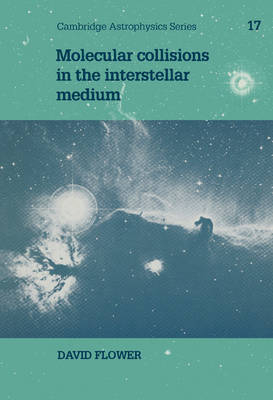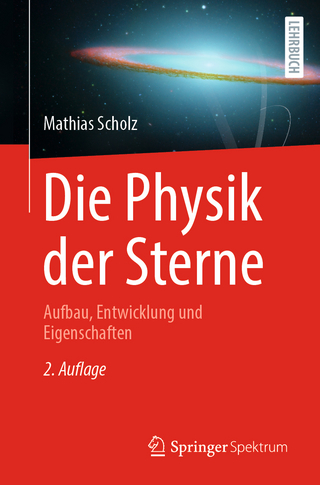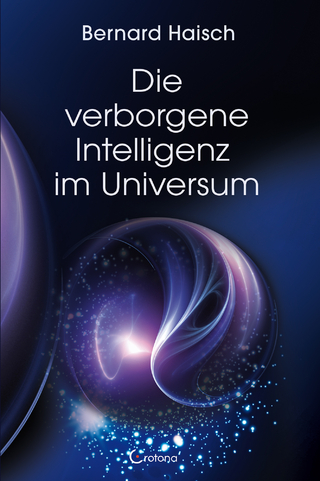
Molecular Collisions in the Interstellar Medium
Seiten
2003
Cambridge University Press (Verlag)
978-0-521-54574-7 (ISBN)
Cambridge University Press (Verlag)
978-0-521-54574-7 (ISBN)
- Titel erscheint in neuer Auflage
- Artikel merken
Zu diesem Artikel existiert eine Nachauflage
Here is an introduction to the theory of atomic and molecular collision processes which occur in the interstellar medium. The text deals primarily with processes that occur in interstellar molecular clouds, where the electron density is low and collisions with the abundant neutral species H, H2 and He predominate.
This book provides an introduction to the theory of atomic and molecular collision processes which occur in the interstellar medium. It is directed towards graduate students and research workers in the fields of astrophysics and astrochemistry who wish to analyse and interpret observations of the interstellar gas. The book will also be of interest to physical chemists who seek a better appreciation of their discipline to an important and expanding area of astronomy. The text deals primarily with processes occuring in interstellar molecular clouds, where the electron density is low and collisions with the abundant neutral species, H, H2, and He, predominate. As the energies involved are very small, the theory is necessarily based on the quantum mechanical method with simpler, classical models being used to interpret the results wherever possible. The compilation of sources of data pertaining to the rotational excitation of interstellar molecules will be helpful to radioastronomers interpreting mm-wave observations of molecular clouds.
This book provides an introduction to the theory of atomic and molecular collision processes which occur in the interstellar medium. It is directed towards graduate students and research workers in the fields of astrophysics and astrochemistry who wish to analyse and interpret observations of the interstellar gas. The book will also be of interest to physical chemists who seek a better appreciation of their discipline to an important and expanding area of astronomy. The text deals primarily with processes occuring in interstellar molecular clouds, where the electron density is low and collisions with the abundant neutral species, H, H2, and He, predominate. As the energies involved are very small, the theory is necessarily based on the quantum mechanical method with simpler, classical models being used to interpret the results wherever possible. The compilation of sources of data pertaining to the rotational excitation of interstellar molecules will be helpful to radioastronomers interpreting mm-wave observations of molecular clouds.
1. Interstellar molecules; 2. The rotational excitation of linear molecules; 3. The vibrational excitation of linear molecules; 4. Excitation of fine structure transitions; 5. The OH maser; 6. Charge transfer processes; 7. Interstellar shocks and chemistry; Appendices; References; Index.
| Erscheint lt. Verlag | 4.12.2003 |
|---|---|
| Reihe/Serie | Cambridge Astrophysics |
| Zusatzinfo | Worked examples or Exercises |
| Verlagsort | Cambridge |
| Sprache | englisch |
| Maße | 189 x 246 mm |
| Gewicht | 283 g |
| Themenwelt | Naturwissenschaften ► Physik / Astronomie ► Astronomie / Astrophysik |
| ISBN-10 | 0-521-54574-9 / 0521545749 |
| ISBN-13 | 978-0-521-54574-7 / 9780521545747 |
| Zustand | Neuware |
| Informationen gemäß Produktsicherheitsverordnung (GPSR) | |
| Haben Sie eine Frage zum Produkt? |
Mehr entdecken
aus dem Bereich
aus dem Bereich
Aufbau, Entwicklung und Eigenschaften
Buch | Softcover (2024)
Springer Spektrum (Verlag)
CHF 89,95



